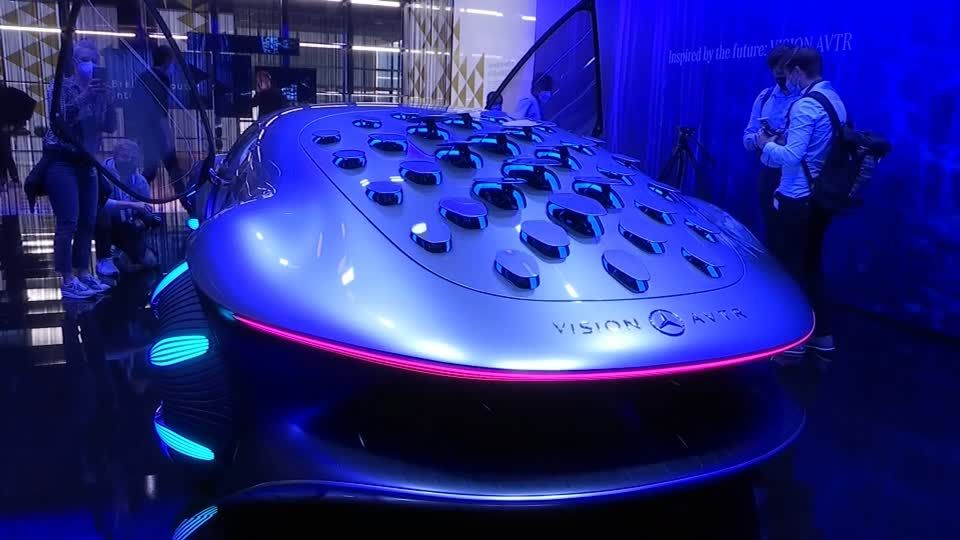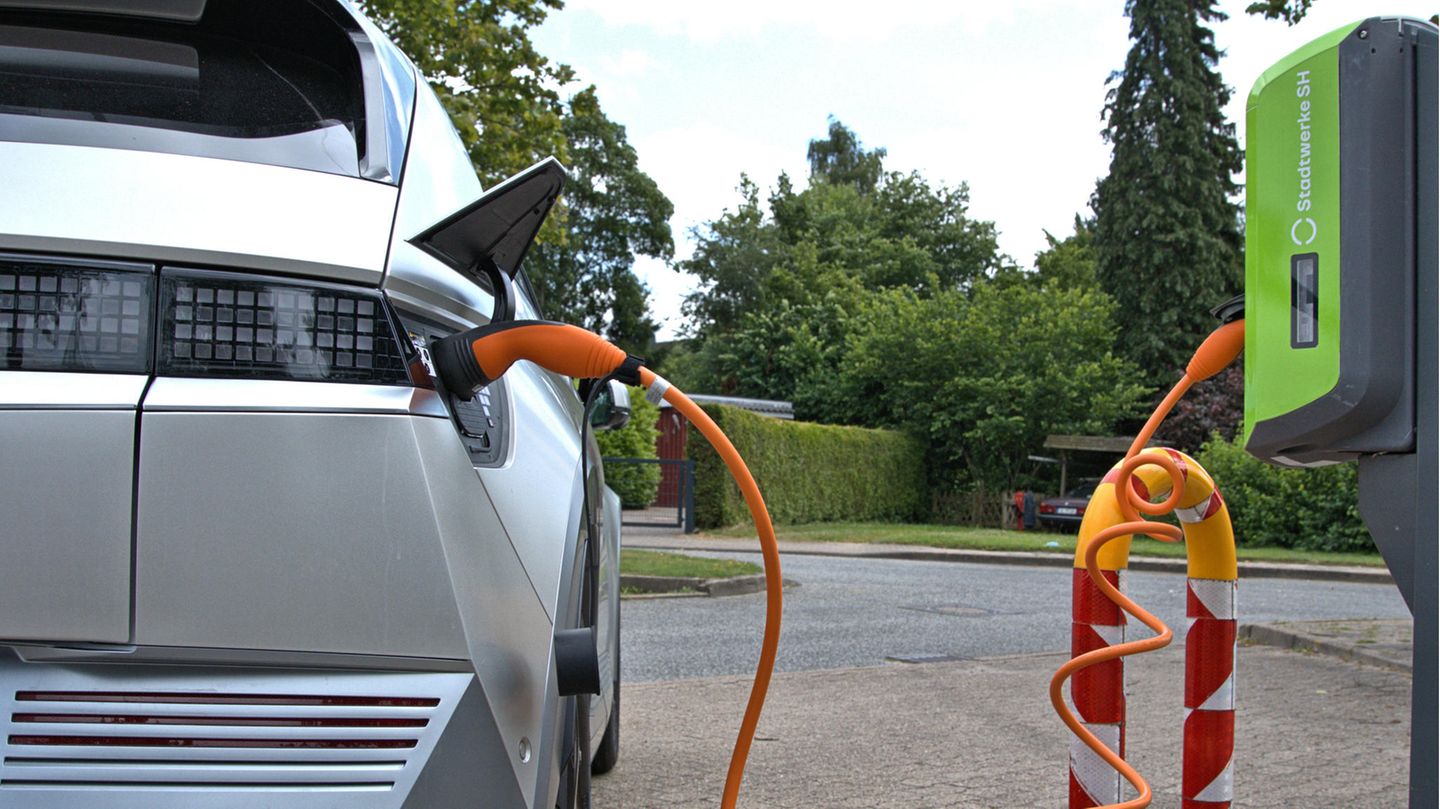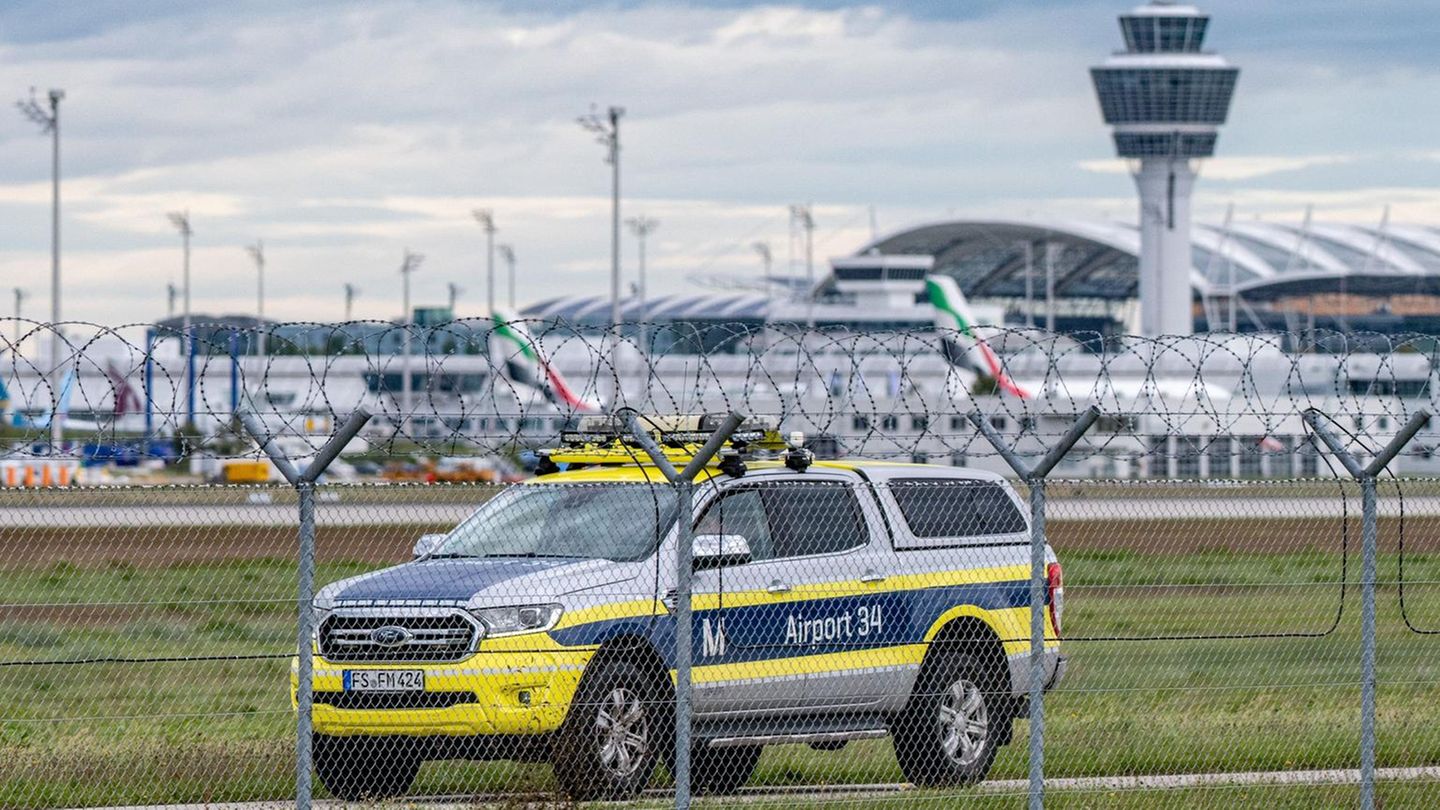The batteries are the most important element in electromobility. Research is being carried out in all areas to make the highly sensitive energy storage system fit for the future. Starting with the cells and their production, to cooling and charging.
Robust is the new buzzword when it comes to batteries and charging them. Because when recharging, everything has to be right in order to achieve the times specified in the data sheets, because the batteries are sensitive, especially when it comes to the temperature, which is more than 35 degrees Celsius with fast charging. This is exactly where the engineers come in. “You have to treat the battery like the apple of your eye,” explains Dr. Klaus Rechberger Head of Electromobility, HV Integration at Porsche. In order to create the perfect temperature, the Zuffenhausen-based company uses the existing heat loss that the drives and the various components produce. The result is that the batteries can be charged faster even in cold weather.
Cooling the batteries is another issue that contributes to the range of electric vehicles. Here the employees of the supplier Mahle took a look around the high-performance computer centers and discovered the concept of immersion cooling. With this type of cooling, the large batteries in an electric car are enclosed in a heat-conducting but not electrically conductive liquid. “Immersion cooling paves the way for a completely new generation of battery systems,” says Martin Berger, Head of Group Research and Advance Development at Mahle. If this trick works, the batteries can charge much faster and the shorter charging time enables the energy storage to be smaller. In addition, the batteries age more slowly and the liquid jacket also offers additional protection in the event of damage.
Cooled batteries lead to higher charging capacities
The Stuttgart-based supplier takes a holistic view of battery charging. If the batteries are efficiently cooled, the charging power can also be increased. The Swabians want to use the existing infrastructure of their own ChargeBig charging network with around 1,000 charging points. With the addition of power, the charging stations will in the future have an output of up to 750 kW. However, the power grid is not infinitely resilient. That is why the Mahle charging system intelligently controls the load distribution within the power grid so that as many electric vehicles as possible can be charged at the same time using the existing grid connection.
Something is also happening with the batteries. The Chinese cell manufacturer CATL (Contemporary Amperex Technology) is working on a sodium-ion battery. The functional principle of these batteries corresponds to that of the lithium-ion, but these batteries are characterized by the fact that they can be charged quickly even at low temperatures and generally have a high thermal stability. At 20 degrees Celsius, the batteries still have 90 percent of their capacity and can be charged from zero to 80 percent in 15 minutes at room temperature. On the minus side, there is the fact that the sodium ions are relatively large and the energy density of 160 Wh / kg is still below that of top cells, which have 270 Wh / kg.
Batteries should become more environmentally friendly and cost-efficient
The Fraunhofer Institute for Material and Beam Technology IWS is researching a dry coating process to manufacture battery electrodes in an environmentally friendly and cost-effective manner by avoiding toxic solvents. As the name DRYtraec already suggests, it is a new dry coating process that does not require a solvent, but instead uses a special binder. With the help of two rotating rollers, one of which rotates faster, a fine coating film is formed, which is then transferred to a current collector foil. In the last step, the resulting roll is cut to size and the individual parts are stacked accordingly to create the finished battery cell.
The large supplier Bosch is still reluctant to research battery cells, but wants to supply the equipment necessary for production in the future. What should please electric car drivers even more is that the clunky and heavy charging cables are a thing of the past. The supplier’s technicians disposed of the loading brick and with it 40 percent of its original weight. The three-phase cable enables mode 2 and mode 3 charging of alternating current with up to 22 kilowatts.

See in the video: The IAA, the international automobile exhibition, celebrates its premiere in Munich with a mix of exhibition and entertainment. The focus is also on future issues.
I am a 24-year-old writer and journalist who has been working in the news industry for the past two years. I write primarily about market news, so if you’re looking for insights into what’s going on in the stock market or economic indicators, you’ve come to the right place. I also dabble in writing articles on lifestyle trends and pop culture news.




